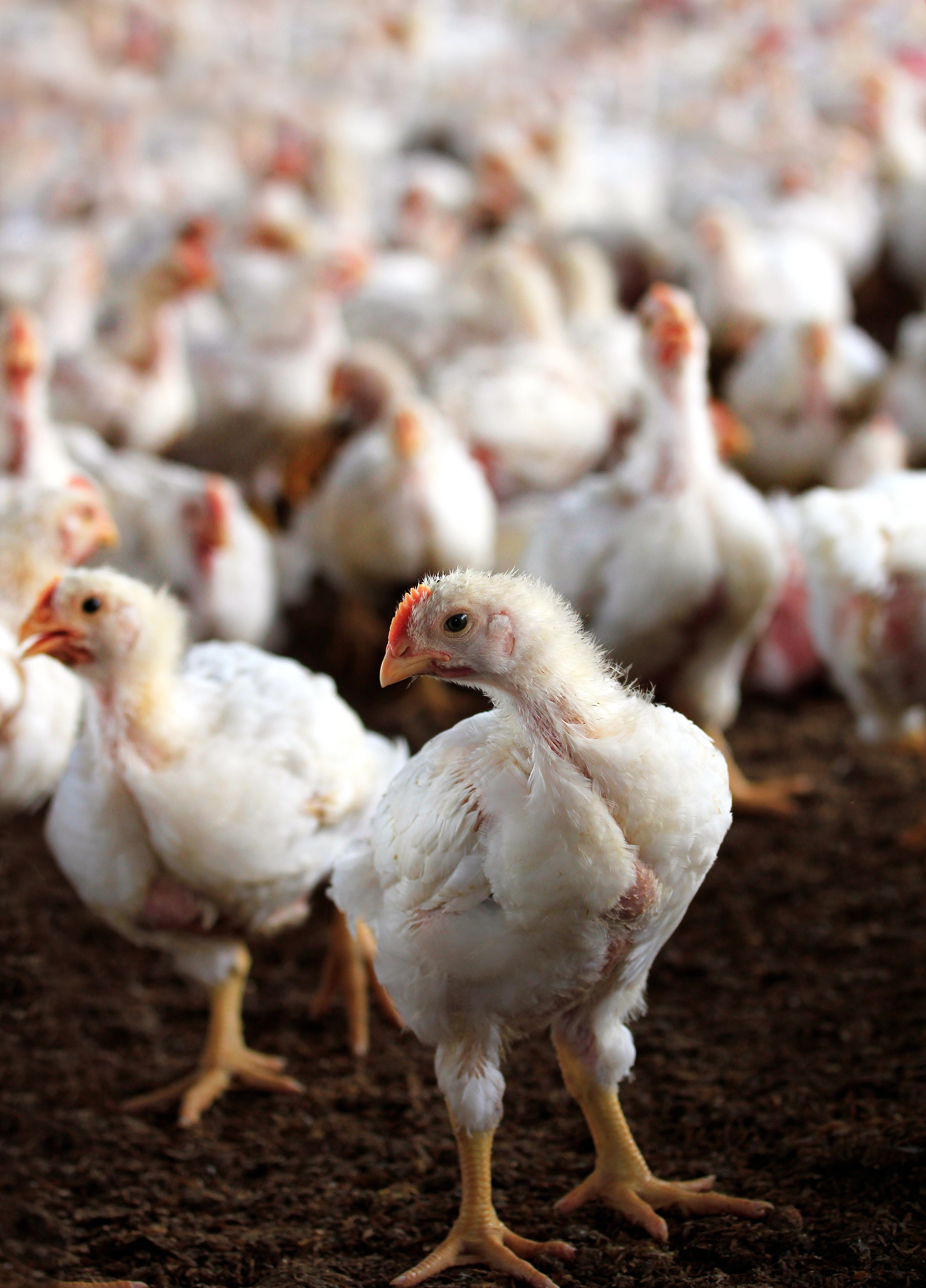



Live-production management practices that help contain Salmonella
Avoidance of wet litter and well-timed feed withdrawal are two of several management steps that will help control the load of Salmonella going into the processing plant, Lloyd Keck, DVM, senior technical services veterinarian, Zoetis, told Poultry Health Today.Keck conducts informal audits for poultry producers to identify problems that drive up Salmonella loads. He often works with a Zoetis public health veterinarian, and together they follow birds throughout production and to processing.
Litter condition is one of the items that tops Keck’s list of factors that may contribute to the Salmonella load. “Keeping good, dry bedding throughout the rearing process, I think, is critical,” Keck said, because a moist environment favours Salmonella growth. Maintaining proper litter moisture involves managing water-system equipment as well as gut-health management.

Manage gut health
Gut health affects Salmonella control in more ways than one, Keck indicated. If birds don’t have gut disease, there’s less likely to be a problem with excess litter moisture. In addition, if gut disease, particularly coccidiosis, is controlled, that helps prevent necrotic enteritis or clostridial gut disease. In turn, if low-grade or nonspecific enteritis can be avoided, there’s less likely to be a problem with additional diseases — like Salmonella.
Another management practice for Salmonella control that tops Keck’s list is feed withdrawal, which needs to be carefully timed. Birds should go to processing with intestinal integrity and without contents in the gut that could spill and contaminate carcasses. If feed is withdrawn for too long before processing, however, birds will pick at litter where they can ingest Salmonella, Keck said, noting that the same thing can happen if there’s a feed outage during growout.
Feed removal
The correct time to withdraw feed before processing is about 8 hours, although 10 hours may be appropriate for larger birds since they seem to have a bit slower feed passage. Water, however, should be left as long as possible.
Another consideration when planning feed withdrawal is the time birds will be without food after they’ve been moved from the farm to the processing plant. For example, they may be waiting in the lot or in a shed before they are processed.
Advised surprise farm visits
Keck encourages producers and managers to visit farms often to ensure adherence to the procedures in place. “Because to me…there’s no replacement for physically going to farms frequently, randomly, unannounced, and making sure that these programmes are followed….”
Another way to help control Salmonella is with vaccination. Producers often start vaccinating breeders because they can be a source of Salmonella to progeny if they’re shedding the pathogen, but Keck has seen “a dramatic increase” in broiler vaccination among producers trying to keep the Salmonella load as low as possible.
Vaccination and other live-production Salmonella-control efforts, he noted, are in large part a response to USDA’s more stringent performance standards for allowable limits of Salmonella in poultry meat.
Although vaccinating broilers against Salmonella comes with a cost, Keck said, there may be more than one advantage. Besides reducing the load of Salmonella going into the processing plant, sometimes flocks vaccinated against the pathogen have been observed to have better average daily gain, Zoetis research indicates.
“Some of these Salmonellas seem to be more pathogenic, I’ve noticed over time, and so…they may actually be causing morbidity or, in some cases, early mortality problems. So [with vaccination], there’s certainly a payback there with better livability and more chickens,” Keck said.









